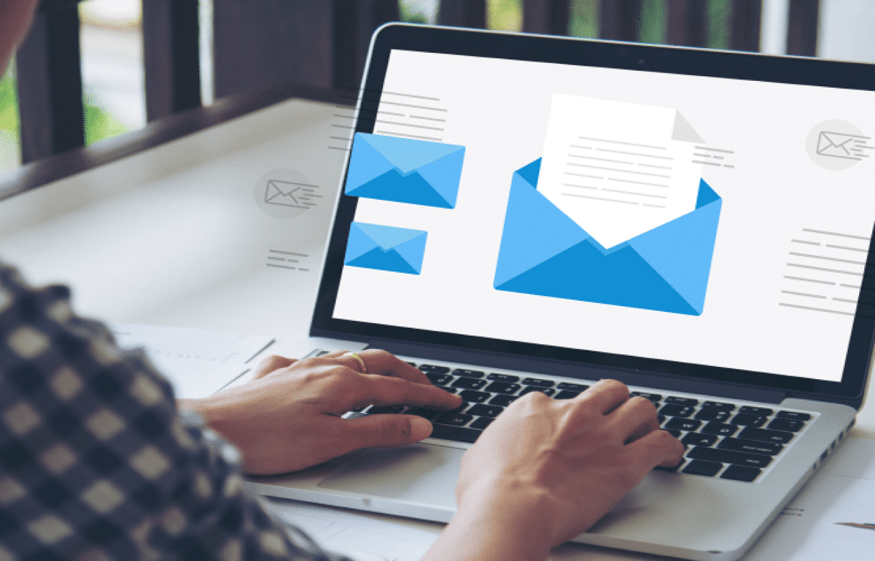Email Marketing Best Practices and Winning Strategies

Wondering if now is a good time to devote more resources to email marketing? Or maybe you just want to improve your current strategy and educate yourself on email marketing best practices to get better results? This article tells you everything you need to know and answers the following questions:
What is Email Marketing?
Email marketing is a digital marketing and communication strategy that consists of sending emails to a specific group of people, usually customers and prospects, to keep them informed of company news or to sell to them. a product or service.
To be able to make authentic connections with your customers while promoting your business, your email marketing strategy and campaigns must include commercial and value-added messages.
Value-added emails provide customers with useful and relevant information, while sales-oriented emails focus on your company’s products, updates, and sales. To achieve optimal levels of engagement with email marketing, apply the 80/20 rule: 80% value-added emails and 20% sales-related emails in each time period.
Can an email marketing campaign be right for my business?
The acceleration of digitization in the corporate world has been one of the most obvious consequences of COVID-19. Having at least one digital channel is critical to being able to listen to and respond to your customers.
Email comes out on top as it is one of the most powerful marketing acquisition channels available to businesses. Emails are also cost effective and can be personalized. Over 83% of B2B companies send email campaigns as part of their digital marketing strategy.
If you’re wondering if email marketing campaigns might be right for your business, here are some good things to think about before making a decision.
Make sure your audience agrees to receive emails. For example, a technology company’s audience (which is used to spending more time online and communicating via email) is more likely to opt in to receive emails than a construction.
Ask your customers what they prefer. You can do this through your website, social media, or in-person conversations. Try to get feedback from the people you offer your products or services to to gauge the suitability of email marketing campaigns for your business.
Observe your team to determine if your company is able to create effective marketing campaigns. If no member seems good at communicating, you can always hire a marketing agency or hire a freelance writer.
There are no hard and fast rules for determining whether email marketing campaigns are part of your business marketing strategy. The best way to find out if they might be right for your business is to try it out. To avoid mistakes when you start, segment your audience and experiment with small groups — think of this as piloting your email marketing campaign.
Email Marketing Best Practices
The benefits of email marketing cannot be underestimated. It’s important to follow good email marketing practices to get good results over the long term.
Collect email addresses seamlessly
Black hat marketers combine email addresses from a variety of channels—Linkedin followers, event attendees, subscribers to other lists, and sometimes even personal contacts—to their mailing list. This e-mail marketing technique should be avoided because it may encourage recipients to put your messages directly in the trash. It also violates data privacy rules, such as the GDPR (General Data Protection Regulation) and the CAN-SPAM Act . Before launching an email marketing campaign, the recipients of your messages must have opted in to receive emails from you.
Simplify unsubscription
Once you’ve convinced subscribers to sign up for your mailing lists, you should give them the option to unsubscribe at any time, in case your content or business no longer interests them. Email marketing best practices recommend embedding a prominent unsubscribe button or link so recipients can unsubscribe with ease. If you hold your subscribers hostage by continuing to send them e-mail campaigns when they have taken the step of unsubscribing, your messages may end up in their spam folder.
Respect the privacy of subscriber data
When customers and prospects subscribe to your newsletters, they entrust you with their e-mail address, and sometimes even other personal information. It is strongly advised not to share or sell these addresses and data to third parties without first obtaining the consent of the customers and prospects concerned.
Segment your mailing lists
When building your mailing list, be sure to place each new customer or subscriber into the appropriate groups. You can divide your customers and subscribers by location, interests, or other criteria relevant to your business and your customers. If your list is poorly segmented, you risk sending irrelevant messages to your subscribers, reducing the chances of your email marketing campaign being successful.






